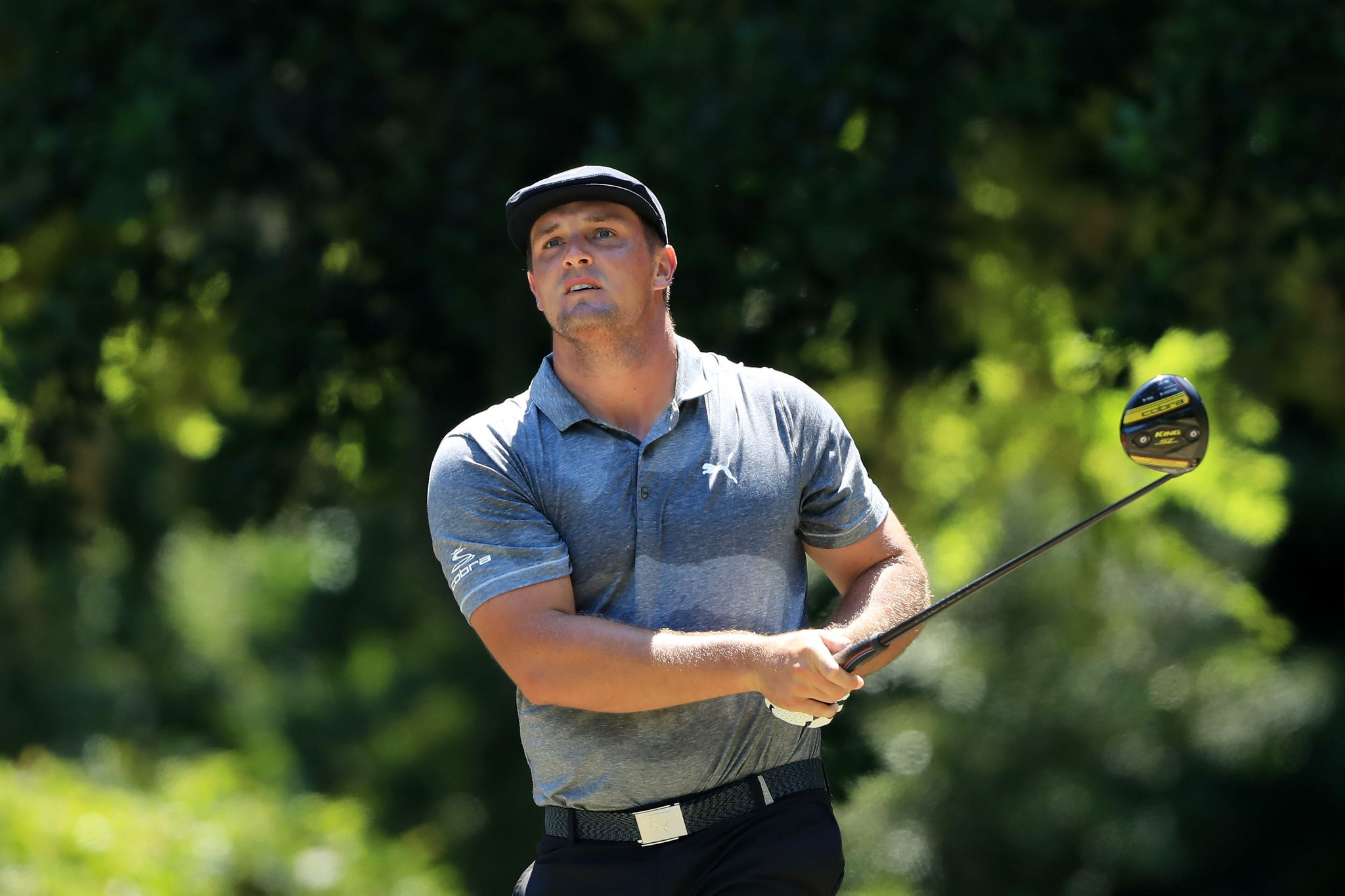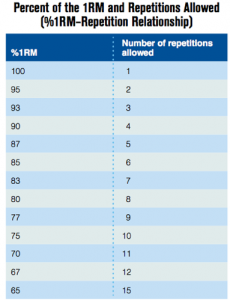
The Benefit of Heavy Strength Training For Golfers
When you hear the words “heavy lifting,” golf probably isn’t the first thing that comes to mind. Have you noticed however that many professional golfers today, like Bryson DeChambeau, have a strong athletic build? Many PGA golfers incorporate heavy weightlifting into their golf training because there is substantial carryover to performance. For instance, because the average PGA backswing lasts around 0.75 seconds and the downswing is roughly 0.25 seconds, the amount of power PGA golfers are capable of generating in one second is incredible and does not happen by sheer luck. The ability to produce such power is enhanced through heavy strength and power-based training because motor-unit recruitment improves, which I will describe shortly.
Keep in mind that these golfers are not lifting like bodybuilders for the aesthetics of gigantic shoulders and biceps. They are performing multi-joint lifts (examples in the video below) with supervision from qualified trainers for the most efficient swing possible and increased club head speed.
Golf clubs are very light, so we should all be able to swing them hard and fast with ease, right? Sure, but don’t let that featherweight club fool you. You can always add velocity to your swing. Technique aside, if you want to improve club head speed, but aren’t getting to the gym and doing some heavy lifting then you’re not reaching your highest potential. If you are inexperienced with heavy lifting, search for TPI trainers in your area who can screen your movement quality. This way you won’t hurt yourself by trying to do too much too soon.
What Should We Consider as Heavy Lifting?
The key word I want you to think about is “heavy.” What someone considers heavy varies from person to person, regardless of the exercise. The National Strength and Conditioning Association teaches trainers the relationship between loads and repetitions. When we know that strength development is our client’s goal, we often use this chart as a guide.

Load (weight) is described as either a certain percentage of a 1-repetition maximum (the largest amount of weight lifted with proper technique for only one repetition) or the most weight possible for a specific number of repetitions. Using the chart as an example, eight repetitions of an exercise is roughly 80% of a 1-rep-max and four repetitions of an exercise is roughly 90% of a 1-rep max. Performing lifts within this rep range (eight or fewer) is most appropriate for athletes who need strength improvement. Here are a few examples of lifts I like for my golf clients to perform within 8-rep max and below protocol.
3 Examples of Lower Body Golf Strength Exercises
3 Examples of Upper Body Golf Strength Exercises
Understanding Muscle Fibers
Our bodies utilize two different types of muscle fibers; type I (slow twitch fibers) and type II (fast twitch fibers). Genetics will determine which ones dominate at birth, but lifestyle and activity level can shuffle the ratio around. Having more type I fibers is beneficial for endurance-based athletes like distance runners. Having more type II fibers is advantageous for athletes who need significant strength and short-burst explosiveness. Having more type II fibers doesn’t solve everything, however. Our central nervous system needs to be efficient in selectively recruiting the appropriate muscle fibers at the right time, and rapidly. This ability is referred to as motor unit recruitment. Depending on the task at hand, our central nervous system chooses which muscle fibers to call into action. When squared up and ready to tee off, you want the central nervous system to be efficient at recruiting those powerful type II fibers in the downswing. Strength training will not only increase the amount of type II fibers you have, but it also enhances the ability to recruit type II fibers.
Takeaway Message
The beauty of golf is that you only need to produce maximum power in a single-effort event (your shot) and you are given plenty of rest between hits. These rest periods will give you enough time to replenish energy (at the cellular level) to be explosive again. Looking at the big picture of golf fitness, there are many divisions and subdivisions. An appropriate blend of power-based exercises, strength exercises, mobility drills and stability work are pieced into golfers’ programs by experienced trainers to ensure appropriate progression, quality and safety. Contrary to what many had once believed, heavy weightlifting certainly has its place.
Michael has been a strength coach at Olympia Fitness and Performance for three years. Michael graduated from Rhode Island College where he studied Community Health & Wellness with a concentration in Wellness & Movement studies. After graduating, Mike went on to get his CSCS (certified strength and conditioning specialist) through the NSCA. In his three years as a strength coach, Mike has helped clients from all walks of life improve their fitness levels. He has a strong passion for helping young athletes not just improve their athletic performance, but also helping them build confidence.
Sources
1 – Carroll, Mike. 2020, July 1. “Heavy” Strength Training – What’s the point? www.mytpi.com
https://www.mytpi.com/articles/fitness/heavy_strength_training_whats_the_point
2 – Beachle, Thomas. Earle, Roger. 2012. Essentials of Strength and Conditioning. Third Edition. National Strength and Conditioning Association.

